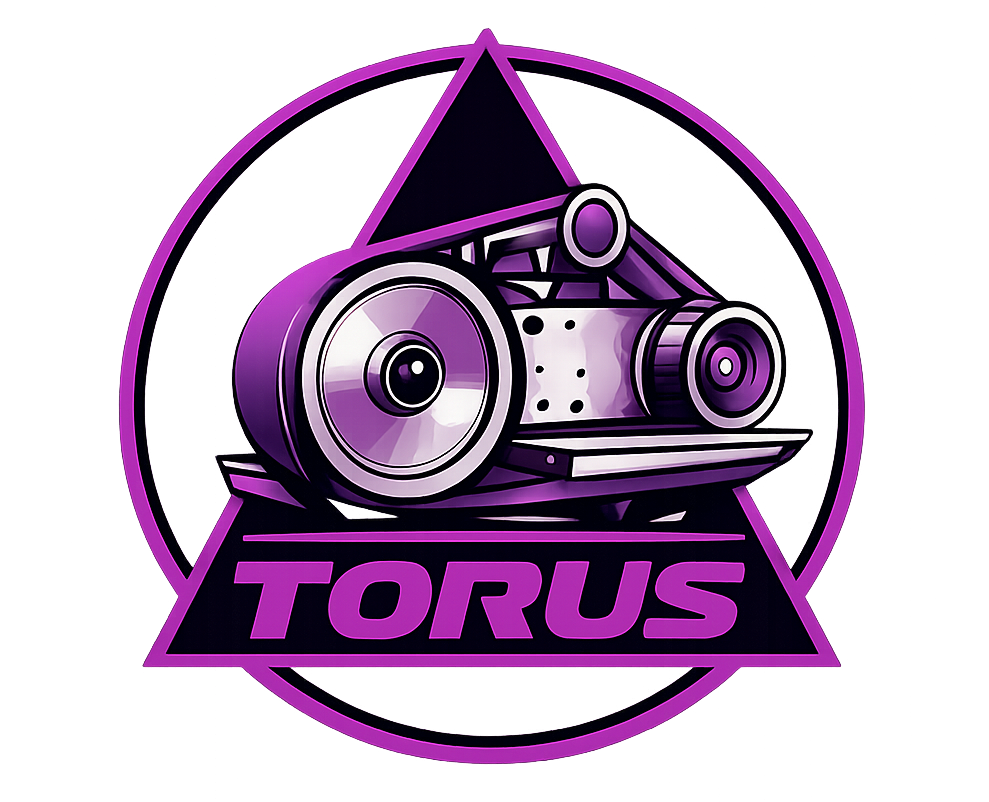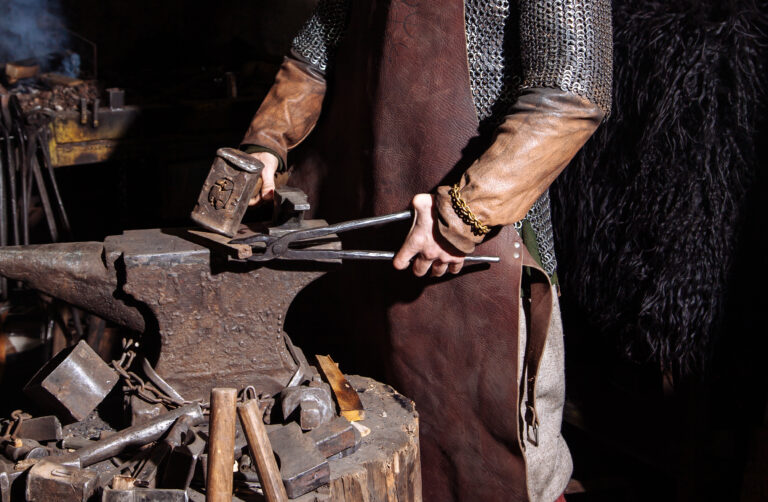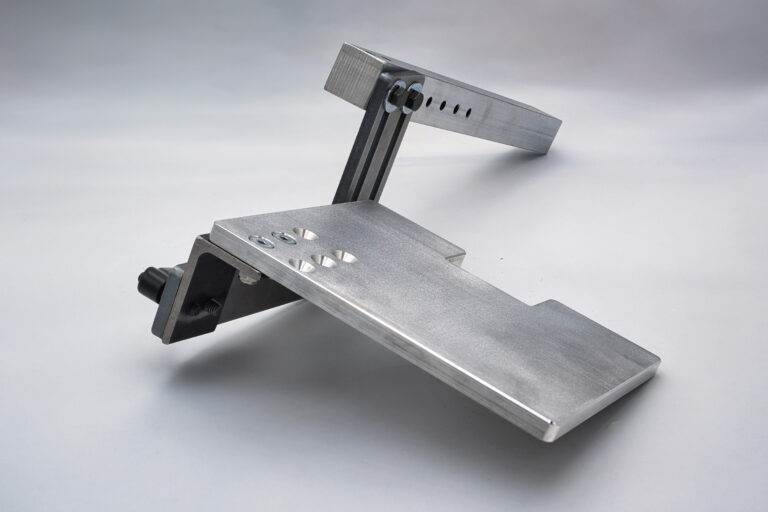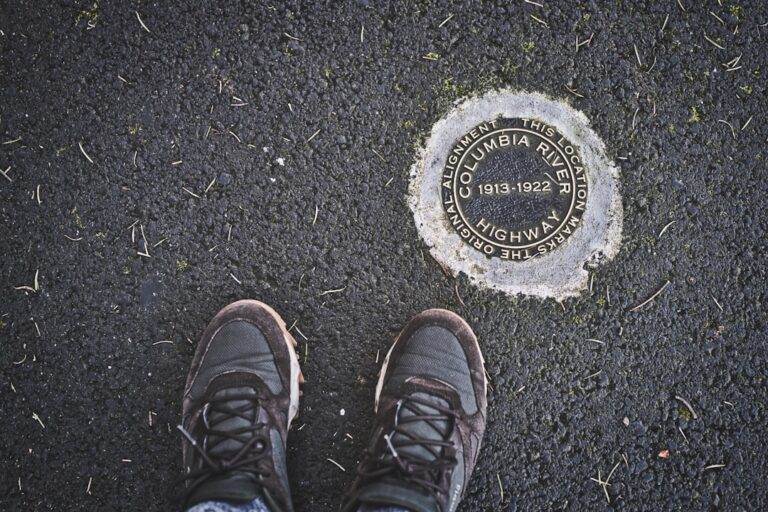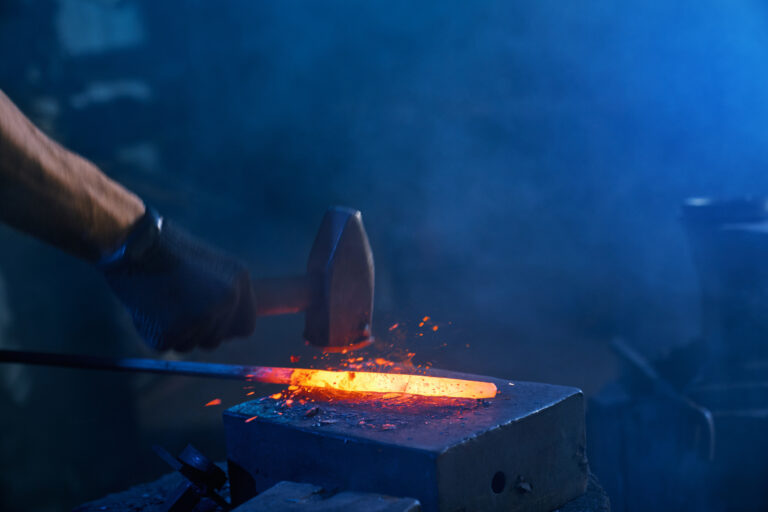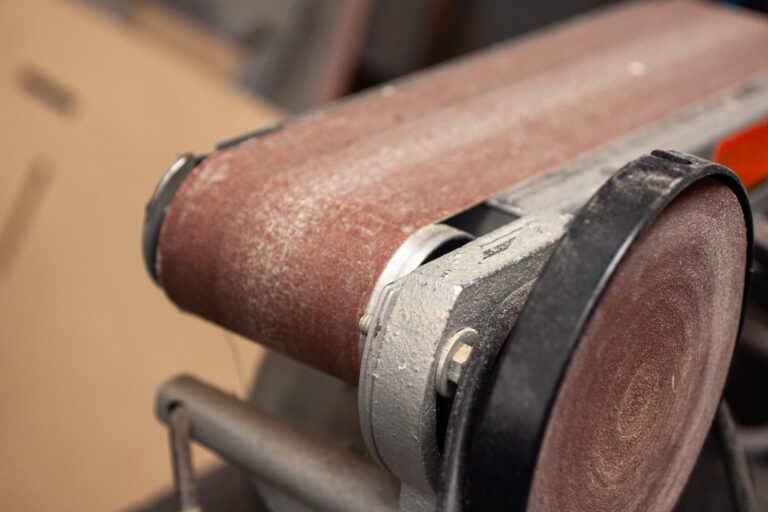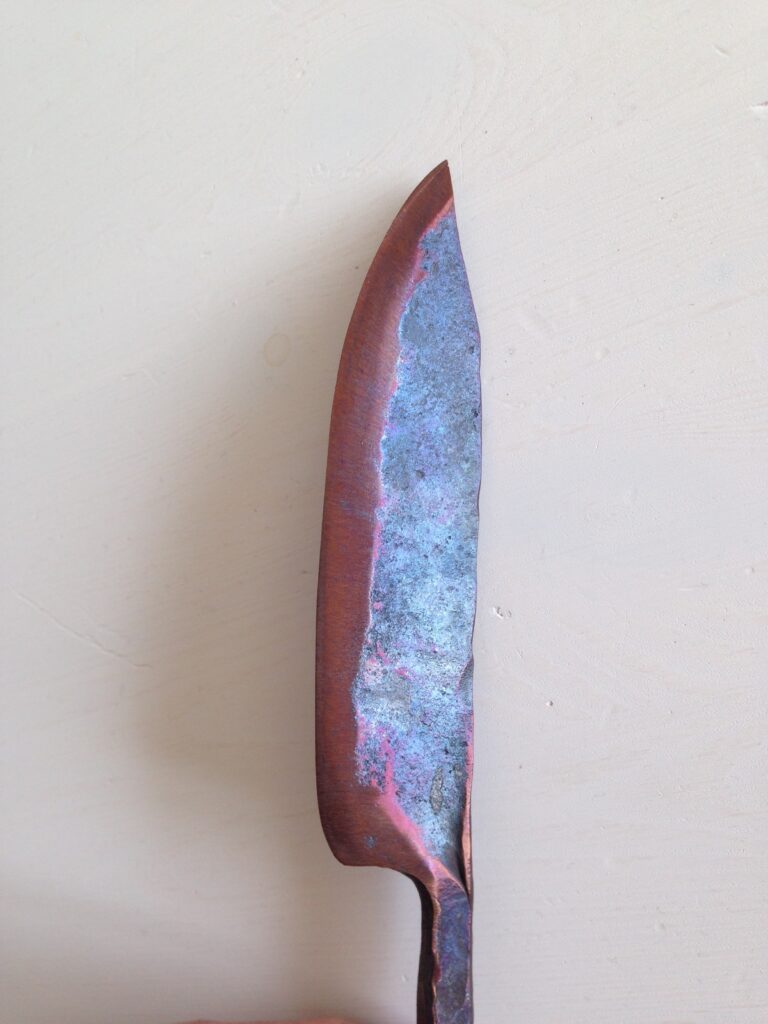A sharp knife is an essential tool in both culinary and crafting environments. The significance of a well-honed blade cannot be overstated, as it directly impacts efficiency, safety, and the quality of work produced. In the kitchen, a sharp knife allows for precise cuts, which not only enhances the presentation of dishes but also ensures that ingredients are prepared uniformly.
This uniformity is crucial for even cooking and flavor distribution. Moreover, a sharp knife reduces the risk of accidents; dull blades require more force to cut through materials, increasing the likelihood of slips and injuries. In the realm of crafting, particularly in custom knife making, the sharpness of a blade is equally vital.
A finely sharpened knife can make intricate cuts that are essential for detailed work. Whether it’s woodworking, leather crafting, or any other form of artistry, the ability to achieve clean lines and smooth finishes is paramount. Additionally, a sharp knife contributes to the longevity of the tool itself; regular sharpening maintains the integrity of the blade and prevents damage that can occur from excessive force applied to dull edges.
Thus, understanding the importance of a sharp knife is foundational for anyone involved in these trades.
Key Takeaways
- A sharp knife is essential for safe and efficient cooking, as it reduces the risk of accidents and ensures precision in cutting and slicing.
- The 2×72 setup is a popular choice for custom knife sharpening due to its versatility and ability to handle a variety of knife sizes and shapes.
- When choosing materials for custom knife sharpening, it’s important to consider factors such as grit size, abrasiveness, and durability to achieve the desired level of sharpness.
- Techniques such as honing, stropping, and using sharpening stones are effective for achieving a razor-sharp edge on custom knives.
- Marketing your custom knife sharpening services through social media, word of mouth, and collaborations with local businesses can help you reach potential clients and build a strong reputation in the industry.
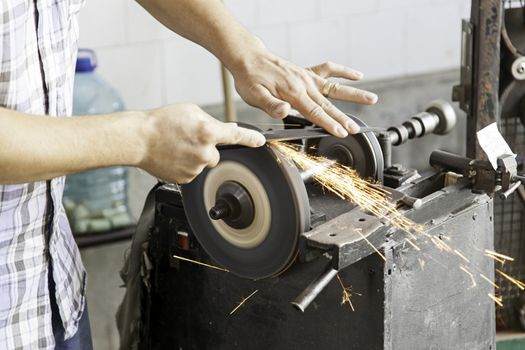
Understanding the 2×72 Setup
The 2×72 setup is a popular choice among knife makers and sharpeners due to its versatility and efficiency. This configuration refers to the size of the belt used on the grinder, which measures two inches in width and seventy-two inches in length. The length allows for a larger surface area for grinding, which is particularly beneficial when working on larger blades or when needing to remove material quickly.
The two-inch width provides ample space for various grinding tasks, making it suitable for both rough shaping and fine finishing. One of the key advantages of the 2×72 setup is its adaptability. Users can easily switch between different grits of belts, allowing for a seamless transition from heavy material removal to fine polishing.
This flexibility is essential for custom knife sharpening, where different stages of sharpening require different levels of abrasiveness. Additionally, many 2×72 grinders come equipped with adjustable speed settings, enabling users to tailor their approach based on the specific needs of each project. This level of control enhances precision and ensures that each blade receives the attention it deserves.
Choosing the Right Materials for Custom Knife Sharpening
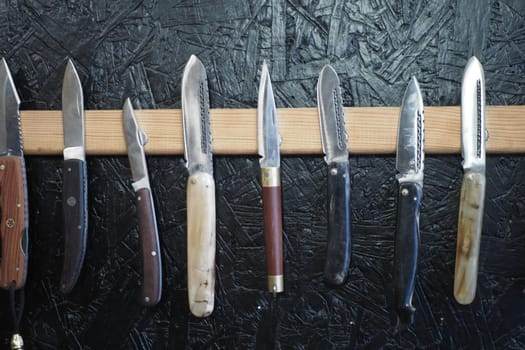
Selecting the appropriate materials for custom knife sharpening is crucial to achieving optimal results. The choice of steel for the knife itself plays a significant role in how well it holds an edge and how easily it can be sharpened. High-carbon steels are often favored for their ability to take a sharp edge and maintain it over time.
However, they may require more frequent maintenance compared to stainless steels, which offer corrosion resistance but can be more challenging to sharpen effectively. In addition to steel selection, the choice of abrasives used during the sharpening process is equally important. Various types of belts are available for 2×72 grinders, each designed for specific tasks.
Coarse belts are ideal for initial shaping and material removal, while finer belts are necessary for honing and polishing the edge. Furthermore, incorporating different materials such as ceramic or diamond belts can enhance the sharpening process by providing superior cutting capabilities. Understanding these materials and their properties allows sharpeners to customize their approach based on the unique characteristics of each knife.
Techniques for Achieving a Razor-Sharp Edge
| Technique | Description |
|---|---|
| Honing | The process of refining the edge of a blade using a honing stone or strop. |
| Sharpening Angle | The angle at which the blade is sharpened, typically between 15-20 degrees for most knives. |
| Stropping | A technique used to polish and refine the blade edge after sharpening. |
| Whetstone | A sharpening stone used to grind and hone the blade to achieve a sharp edge. |
| Sharpening Jig | A tool used to maintain a consistent sharpening angle while sharpening the blade. |
Achieving a razor-sharp edge requires a combination of skill, technique, and the right tools. One effective method involves using a systematic approach to grinding that includes establishing the correct bevel angle. The bevel angle is critical as it determines how sharp the edge will be and how well it will perform during use.
Typically, a lower angle results in a sharper edge but may sacrifice durability, while a higher angle offers more strength at the expense of sharpness. Finding the right balance based on the intended use of the knife is essential. Once the bevel angle is established, employing consistent pressure and movement during grinding is vital.
This consistency ensures that the edge is uniformly shaped and prevents uneven wear on the blade. Many sharpeners utilize techniques such as “slicing” or “scooping” motions to maintain control over the grinding process. Additionally, periodically checking the edge during sharpening allows for adjustments to be made as needed, ensuring that the desired sharpness is achieved without over-grinding or damaging the blade.
Marketing Your Custom Knife Sharpening Services
Marketing custom knife sharpening services effectively requires a strategic approach that highlights both quality and expertise. One effective method is to create an online presence through social media platforms and a dedicated website. Showcasing before-and-after images of sharpened knives can visually demonstrate the quality of work provided.
Engaging content such as videos demonstrating sharpening techniques or tips can also attract potential customers by establishing authority in the field. Networking within local communities can further enhance marketing efforts. Participating in craft fairs, farmers’ markets, or local workshops allows sharpeners to connect with potential clients face-to-face.
Offering demonstrations or free sharpening sessions can entice individuals to experience the quality firsthand. Additionally, collaborating with local chefs or culinary schools can create referral opportunities that expand reach and credibility within specific markets.
Building a Client Base and Establishing Your Reputation
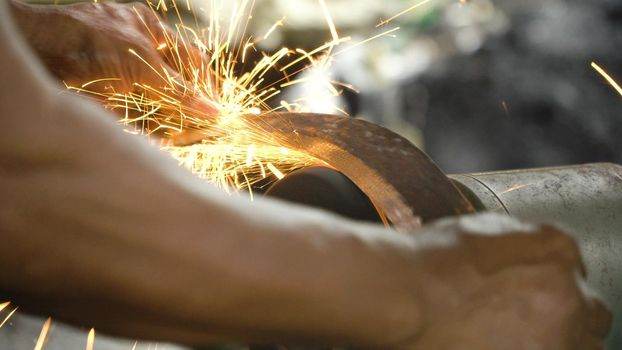
Building a loyal client base is essential for long-term success in custom knife sharpening services. Providing exceptional customer service is one of the most effective ways to foster loyalty among clients. This includes not only delivering high-quality sharpening but also being responsive to inquiries and accommodating special requests whenever possible.
Establishing clear communication about turnaround times and pricing helps set expectations and builds trust with customers. Word-of-mouth referrals play a significant role in establishing reputation within any community. Satisfied clients are likely to share their positive experiences with friends and family, leading to new business opportunities.
Encouraging clients to leave reviews online or share their experiences on social media can amplify this effect. Additionally, offering loyalty programs or discounts for repeat customers can incentivize continued patronage while reinforcing a positive relationship between the sharpener and their clientele.
Expanding Your Business with Additional Services
As your custom knife sharpening business grows, exploring additional services can provide new revenue streams and attract a broader clientele. One potential avenue is offering knife customization services, such as personalized engraving or handle modifications. This not only enhances the value of each knife but also allows clients to create unique pieces that reflect their personal style.
Another option is to expand into related areas such as tool sharpening or maintenance services for other types of blades used in various trades. Offering educational workshops on proper knife care or sharpening techniques can also position your business as an authority in the field while providing added value to clients. By diversifying services offered, you can cater to a wider audience while reinforcing your brand’s reputation as a comprehensive resource for all things related to cutting tools.
The Future of Custom Knife Sharpening: Trends and Innovations
The future of custom knife sharpening is poised for exciting developments driven by technological advancements and evolving consumer preferences. One notable trend is the increasing demand for sustainable practices within craftsmanship. As consumers become more environmentally conscious, there is a growing interest in using eco-friendly materials and processes in knife making and sharpening.
This shift presents an opportunity for sharpeners to differentiate themselves by adopting sustainable practices that resonate with eco-minded clients. Additionally, innovations in sharpening technology are likely to shape the industry landscape significantly. Automated sharpening systems that utilize precision robotics may become more prevalent, allowing for consistent results with minimal human intervention.
However, while technology may enhance efficiency, there will always be a place for skilled artisans who bring a personal touch to their work. Balancing traditional techniques with modern advancements will be key in navigating this evolving market landscape while continuing to meet customer expectations for quality and craftsmanship in custom knife sharpening services.
FAQs
What is a 2×72 setup for knife sharpening?
A 2×72 setup refers to a specific type of belt grinder commonly used in knife making and sharpening. It consists of a 2-inch by 72-inch belt that rotates on two wheels, providing a powerful and efficient way to sharpen and shape knives.
How can a 2×72 setup benefit a custom knife sharpening service?
A 2×72 setup offers precision and speed, allowing for efficient sharpening and shaping of knives. This can help a custom knife sharpening service to provide high-quality results in a timely manner, ultimately improving customer satisfaction and business productivity.
What are some effective ways to promote a custom knife sharpening service using a 2×72 setup?
Promoting a custom knife sharpening service can be done through various channels such as social media, local community events, and partnerships with local businesses. Additionally, offering promotions, discounts, and referral programs can help attract new customers and retain existing ones.
How important is branding for a custom knife sharpening service?
Branding is crucial for a custom knife sharpening service as it helps to differentiate the business from competitors and create a strong, memorable identity. A well-developed brand can build trust with customers and convey the quality and reliability of the service.
What are some key elements to consider when building a brand for a custom knife sharpening service?
Key elements to consider when building a brand for a custom knife sharpening service include creating a unique and memorable logo, developing a consistent visual identity, defining the service’s unique selling points, and effectively communicating the brand’s values and mission to customers.
